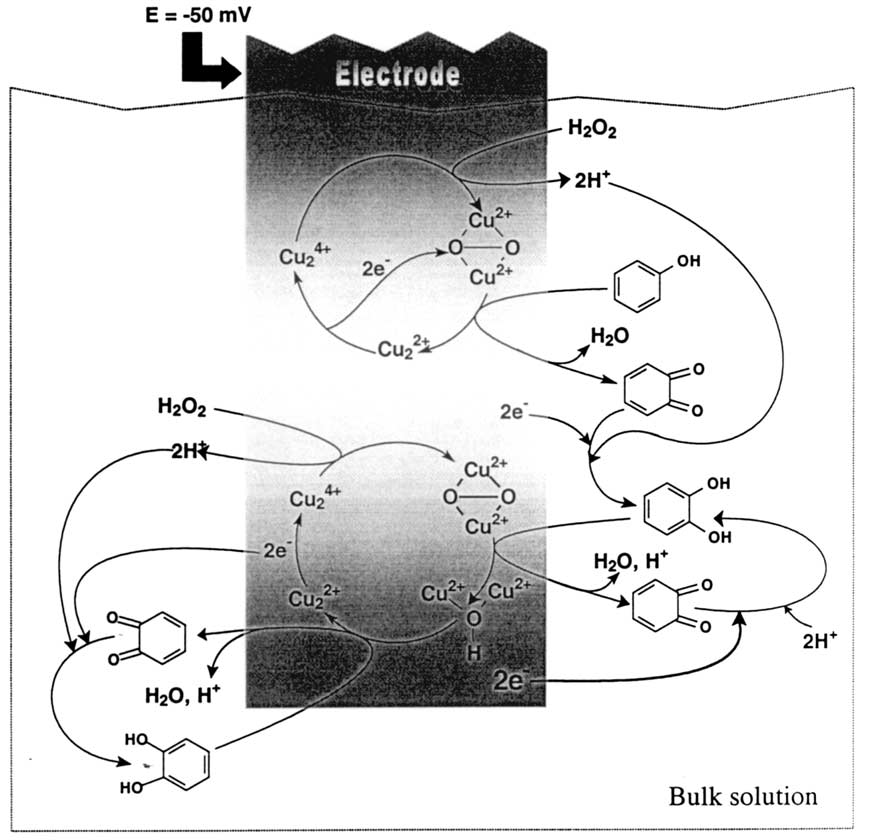unilibrecali.edu.co
ÁLVarez-taFur, M. la Decisión 391 de 1996 de la Comunidad Andina: su lectura antes y después del tlC de Colombia con Estados Unidos en materia de acceso y protección de los recursos genéticos y biológicos* Andean Community Decision 391, of 1996: reading before and after the FTA between Colombia and the United States on access
